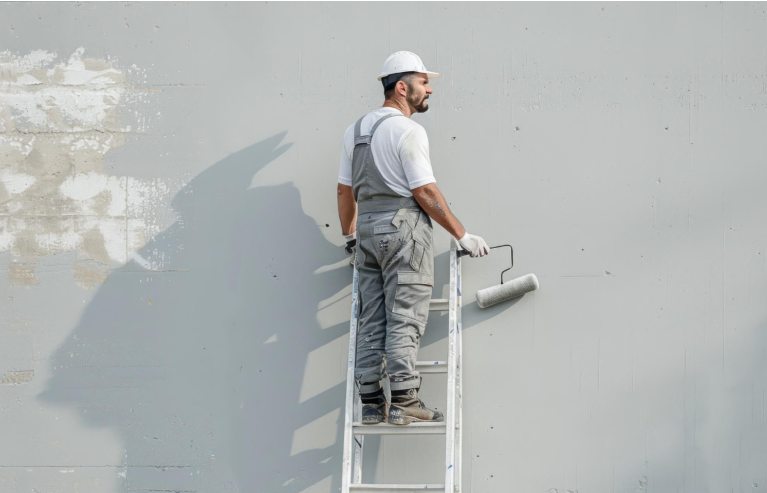In response to graffiti, beauty is indeed in the eye of the beholder. To graffiti practitioners, graffiti represent their expression of individuality in a world that is rather impersonal while to many train passengers graffiti is viewed as an anti-social dub or simply ugly. Historically, our early ancestors painted in cave walls and some writers, artists and sociologists view this as a form of graffiti. Contrary to common beliefs, not all graffiti is a demand for attention or a desire for self-advertisement some graffiti is utilized as propaganda tool which creates fear and anxiety. Graffiti and vandalism are multifaceted problems that require a wide range of responses to get their solutions.
How to Discourage Graffiti Vandals


Design strategies that minimize opportunity
The physical and layout design of a building is very important when trying to discourage graffiti. Large blank surfaces especially in secluded areas with minimum foot traffic invite graffiti. To discourage abuse monuments and sculptures are better located in highly visible areas. Placing monuments and sculptures near the busiest areas not only broadens appreciation for art but provides better protection from vandalism. Signs should also be placed in unreachable but highly visible locations. Outdoor amenities and furniture should be installed or placed in a way that they can’t be used to gain access to signs or light fixtures. Signs and light fixtures are intended to be out of public reach. Relocating or bolting outdoor furniture like benches will reduce the available surface that can be defaced.
Surveillance and lighting
Blank walls, structure, signs and other vulnerable areas should be well illuminated to allow nighttime visibility. Other than lighting restrict access to these areas by installing gates and fences. Secure items that can be used to access rooftops and walls with locks. Local authorities should consider installing motion-activate lights and increase formal surveillance by police and other security personnel in areas that are dark and often vandalized with graffiti.
Vegetation
Plants can be used to deter graffiti vandalism as well as cover up walls or surfaces so that graffiti is less visible. Planting climbing vegetation and/or thorny vegetation such as blackberry bushes against fences, blank walls and other surfaces will deter graffiti vandals because climbing trees and thorny bushes create uneven surface to graffiti.
Vandal proofing
Other than building with vandal proof-material, barrier and sacrificial coatings can be applied after construction to protect blank walls and other surfaces. Barrier coatings include non-mark, non-stick and polyurethanes-based coatings that make graffiti removal easy. Sacrificial coatings are more advantageous because they are easily removable. Future graffiti can easily come off when the sacrificial coating is removed. Painting your walls and fences with darker colors, murals or multi-colored designs is likely to discourage graffiti vandals. Graffiti is less noticeable in dark colored surfaces. Murals makes tagging a wall or blank surface difficult.
Report
Report any instances of graffiti vandalism to the department of public works. If graffiti is left on a wall for more than 24 hours it tends to attract more graffiti to surrounding buildings. Alert absentee owners in case their walls are tagged. Always ensure that graffiti is removed as soon as possible.
Conscious-raising, education and community programs that promote of ownership and responsibility of community facilities and resources should be used to diverting potential offenders.

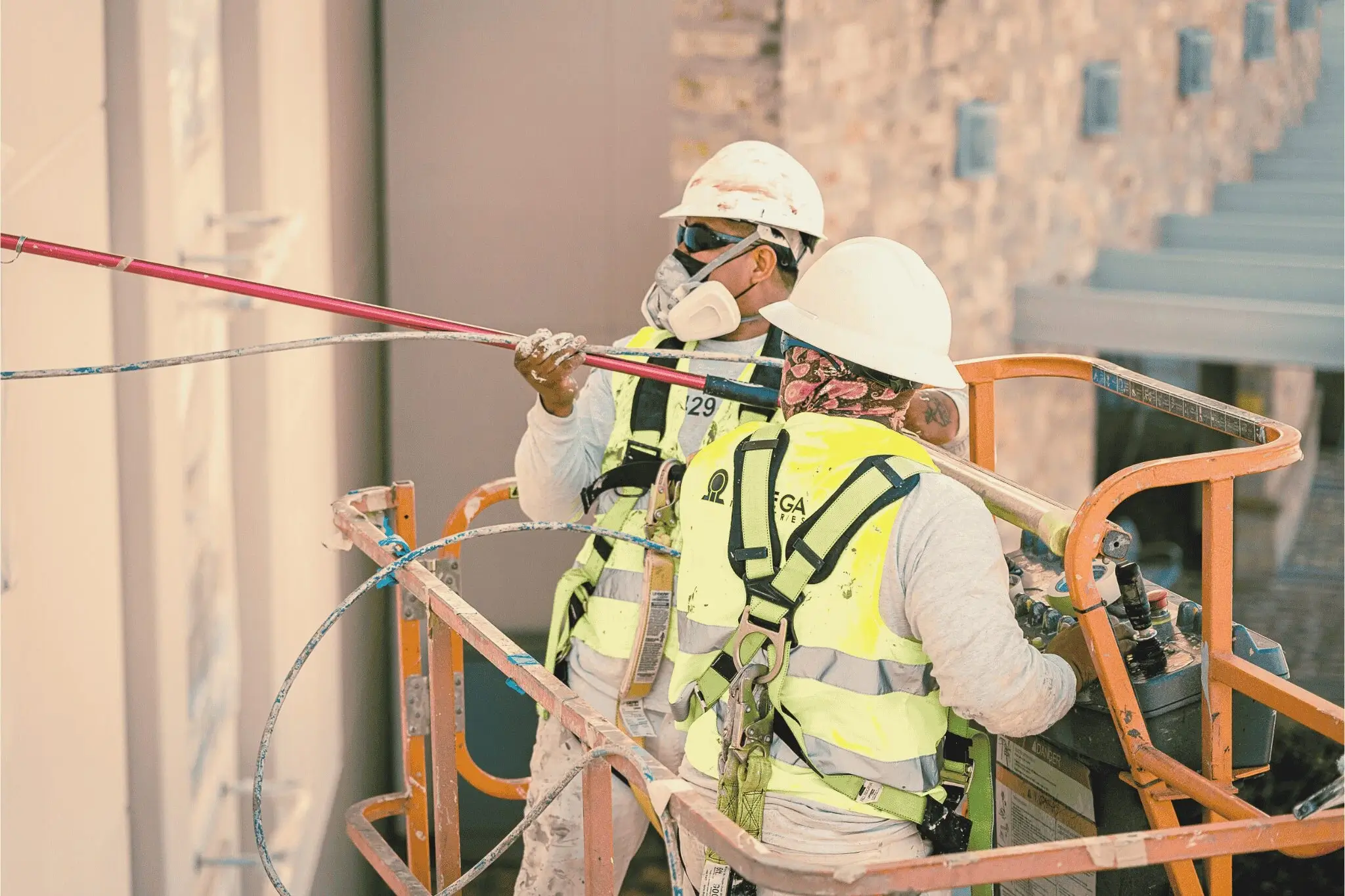


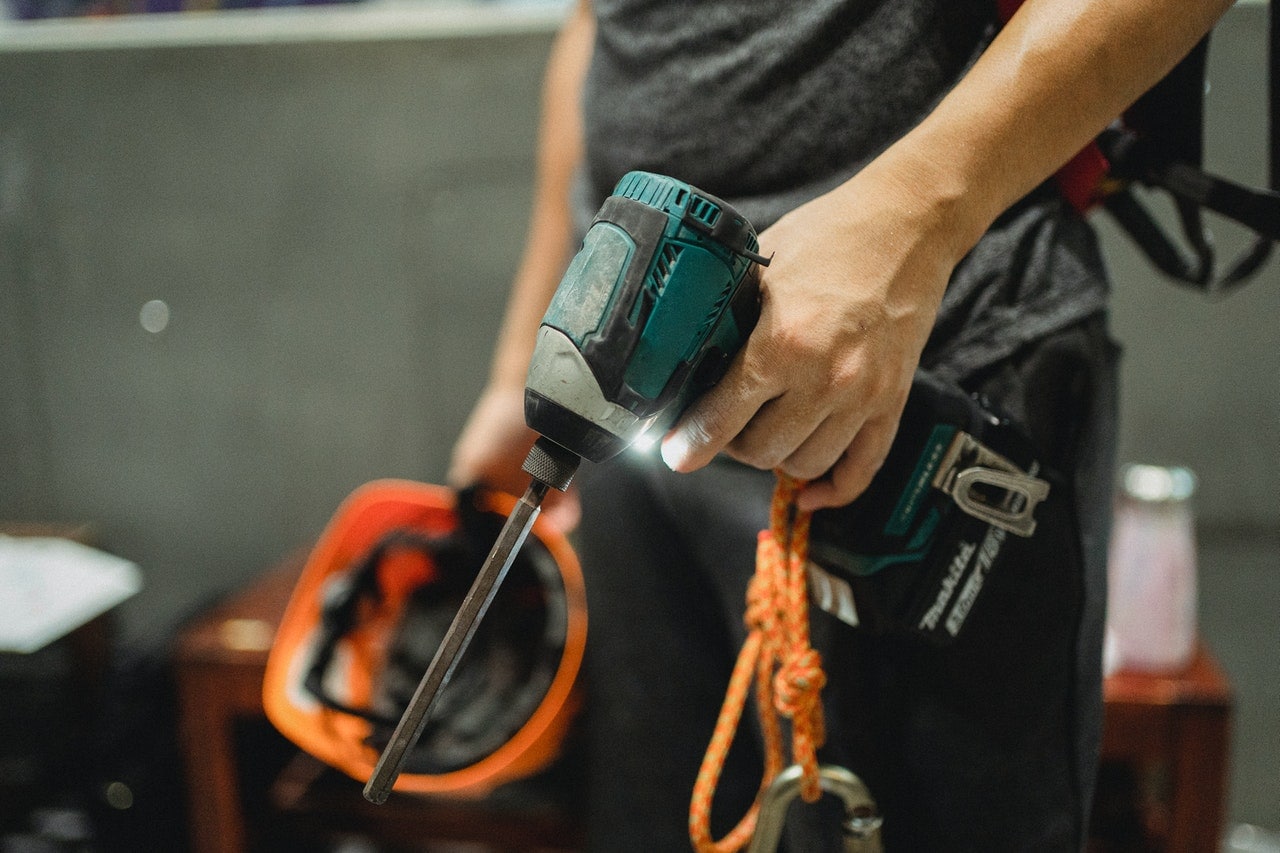
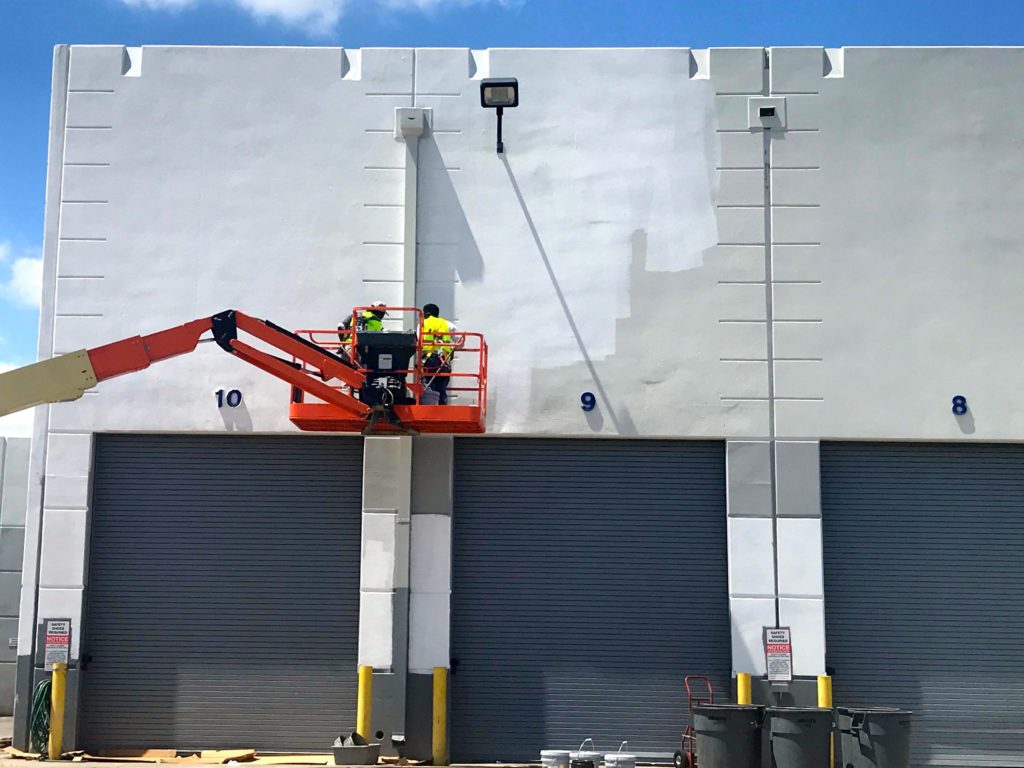

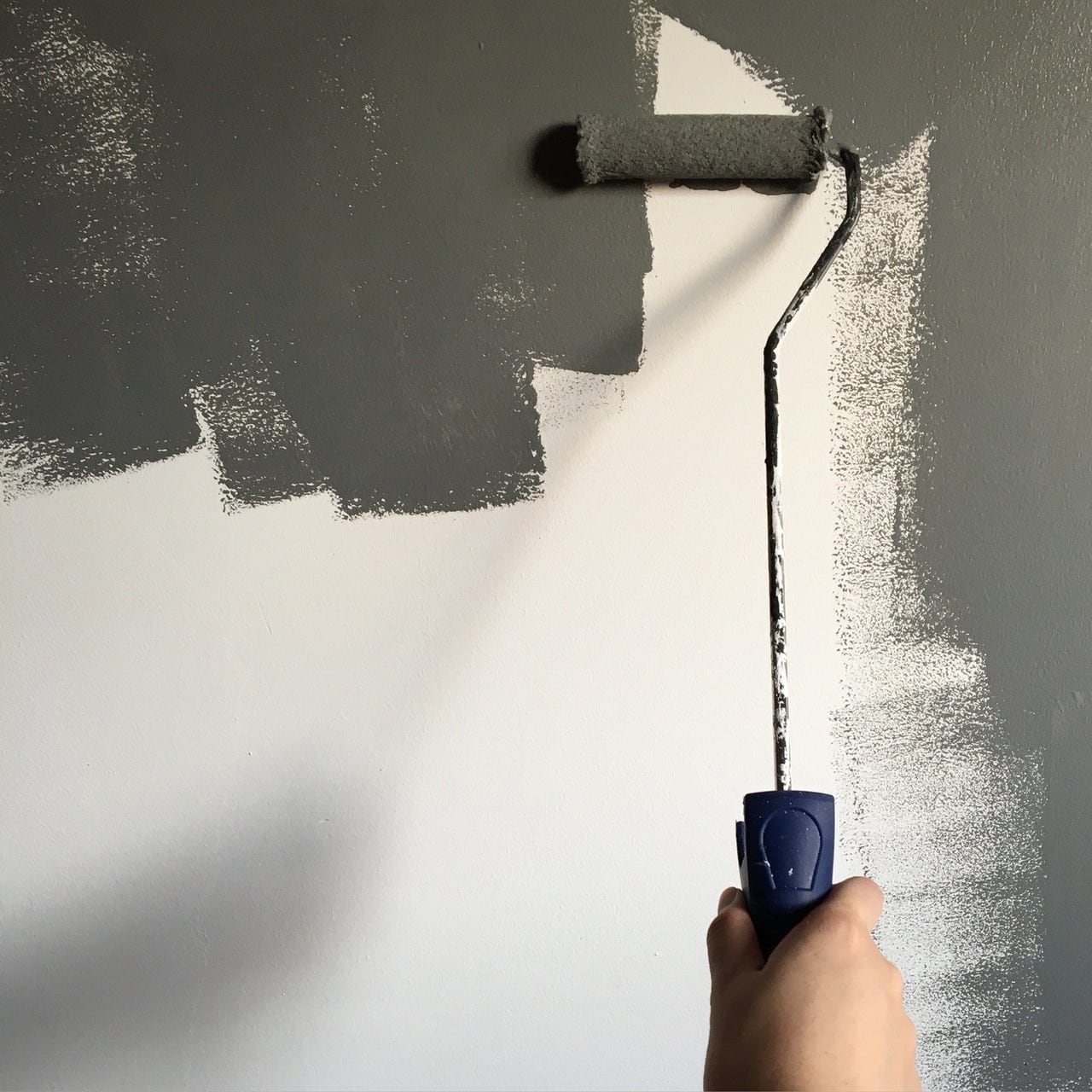
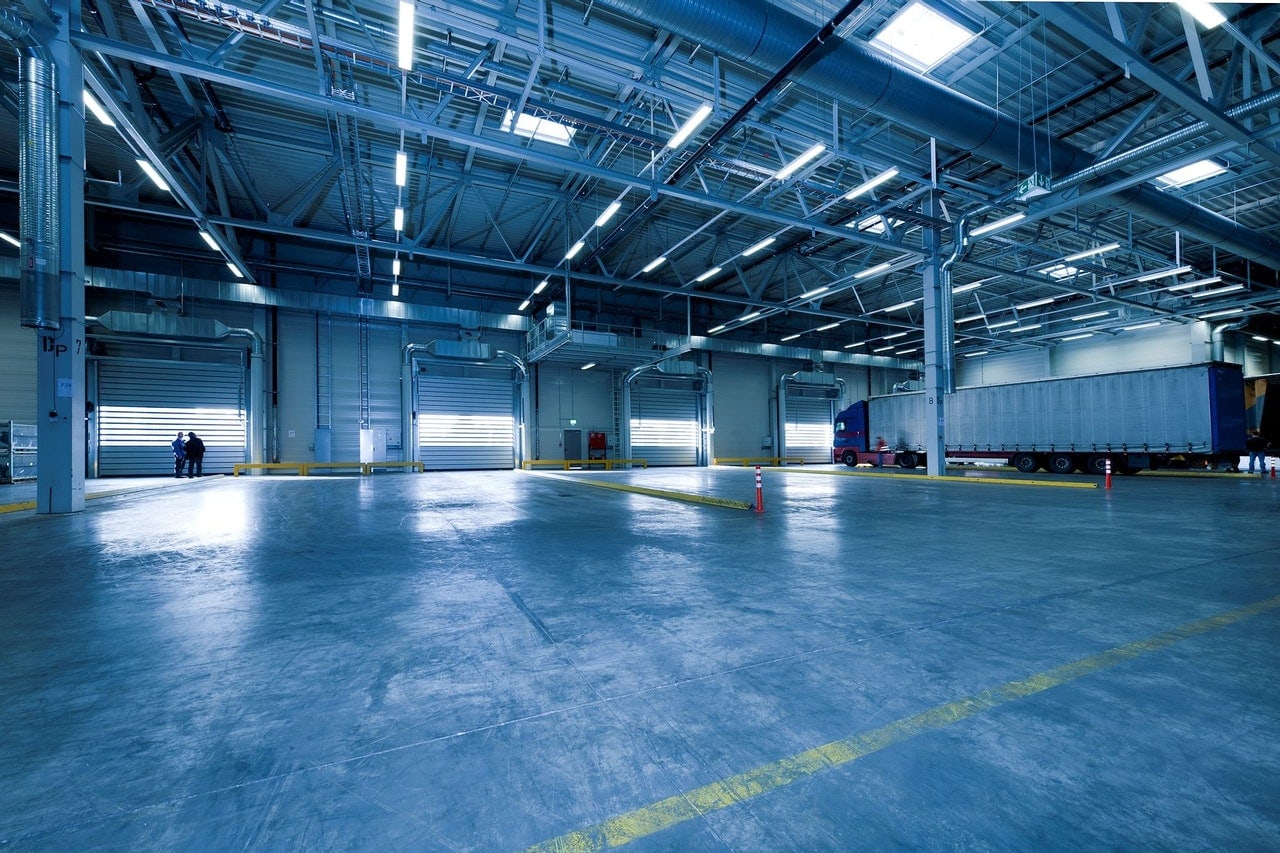
Request a call
Get in contact to reserve a confidential site assessment with one of our experts for your commercial Texas-based location.

